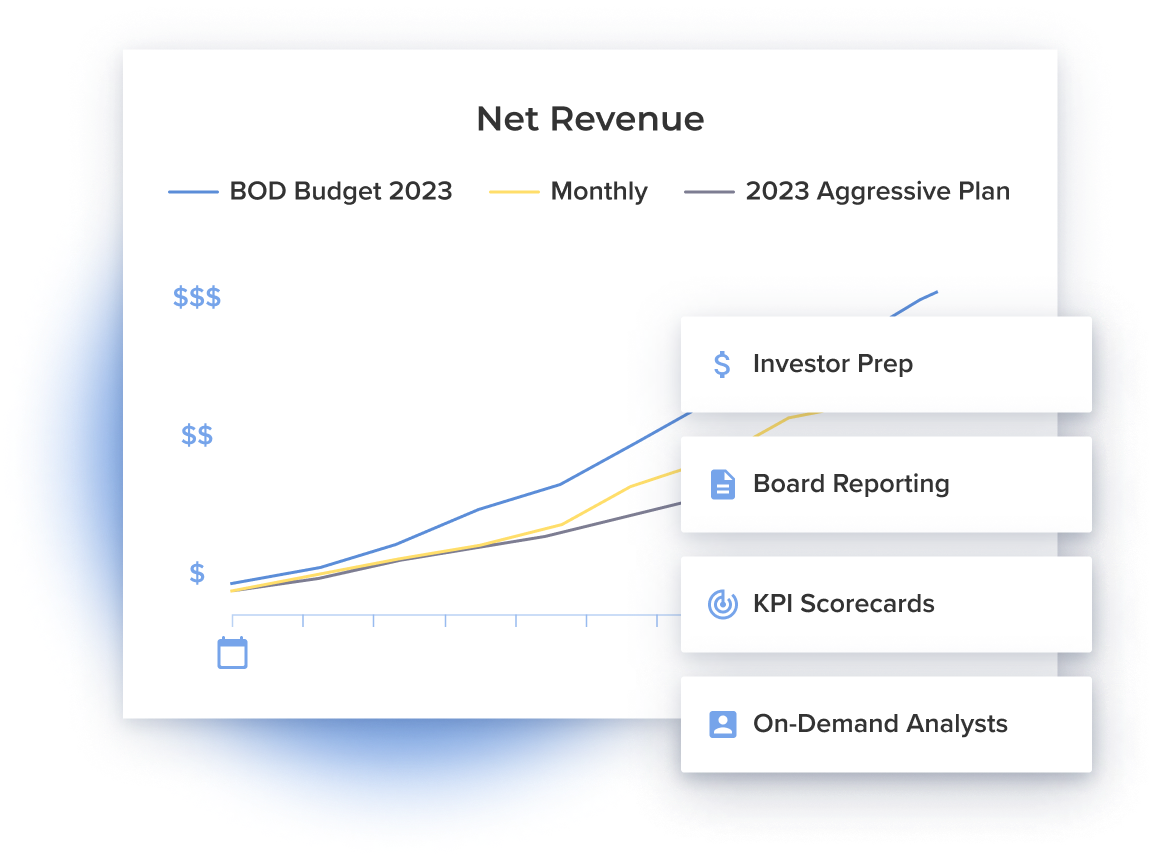Factoring
Factoring
Factoring is another popular borrowing source in retail. While there are many flavors of factoring, the basic idea is that the lender buys or lends against a contract for payment from a counterparty (e.g. Wal-Mart) to the borrower (that’s you).
For example, Ben’s Knives gets a $1 million purchase order from Target. Ben turns around and sells the purchase order to the factor for $900,000. The factor pays Ben $900,000 and then collects the full $1 million from Target. Another flavor would be lending against that contract and then collecting once Target pays.
Why does anyone do this? Let’s say Target is slow to pay Ben. While Ben is eventually going to get $1 million from Target, he may not get it for 150 days. Say he needs the money faster so he can buy more inventory, pay his employees, buy ads, etc. For Ben, $900,000 today is worth more than $1 million five months from now.
In this scenario, Target doesn’t really care. In fact, the presence of factors allows them to force longer payment terms on their suppliers. (“Just go get it factored if you want it sooner!”)
The factors can easily assess Target’s credit, so they are confident they will get their money back. And time is money. So while making 10% doesn’t sound like a lot, making 10% four times a year adds up.
As you can imagine, people get creative and fancy with factoring. Why stop with the borrower? Once the factor buys the PO, they can turn around to the supplier (the person who is going to pay the PO) and offer them a discount (“Hey, I have this PO of yours for $100,000. I know you can pay me the full amount in 60 days, but I will give you a 2% discount if you pay it now.”). The factor turns their money sooner, allowing them to redeploy it and make more through compounding.
Pros:
- There is lots of competition in the world of factoring. You can shop around and drive down prices.
- Factoring works well when you have POs from large, established companies. It’s easy to factor a PO from a large retailer like Target, but you won’t find many takers for a PO from a mom-and-pop shop with one location.
- This is a very straightforward process.
- This is a quick option for debt financing.
- Factoring keeps your balance sheet cleaner, as you are not taking on debt (just selling a receivable at a discount). But, this will certainly impact your ability to get senior debt because you are allocating some of the cash coming into the business to another lender.
Cons:
- It can be expensive when you calculate the effective annual interest rate. Getting better terms followed by cheaper capital should still be your goal.
- As mentioned, this does not work well with POs from small mom and pop shops or unknown suppliers.
- This does not work for your DTC revenue, as there is no commitment from your thousands of customers to ever buy again. So it’s best used by omni-channel companies.
- Factors are savvy about terms from retailers. If your contracts include lots of ways the buyer can send back goods to you, reject goods, charge you for breakage, or similar, the amount you will get when you factor will decrease.
Best For:
- Companies with significant wholesale business (i.e. selling to retailers like Wal-Mart or Kroger). You will want enough volume for the Factor to make it worthwhile for them. If you have thousands or tens of thousands of POs, they may not want to bother.
Pairs With:
- All equity
- Most debt except senior secured



